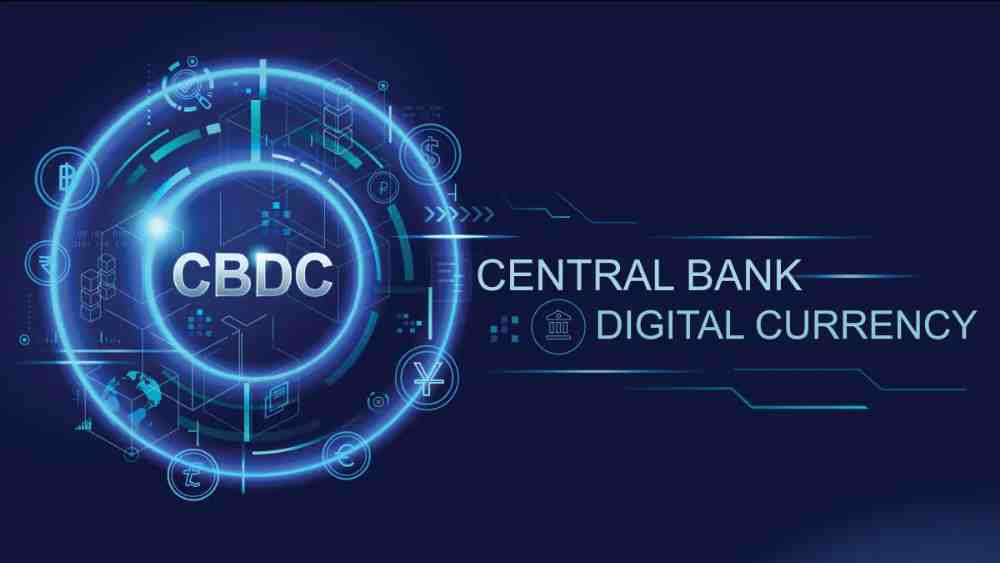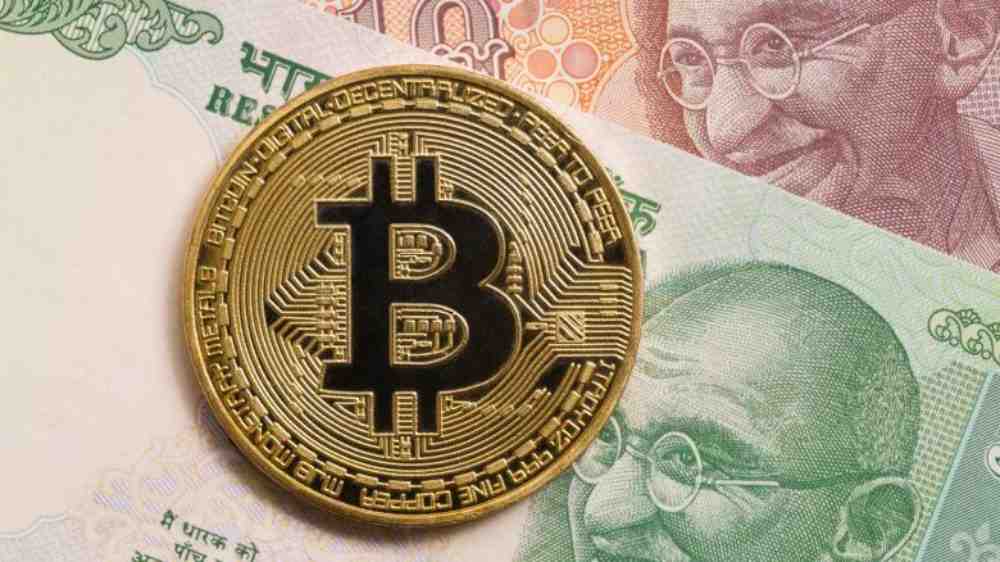After a period of market study, the Reserve Bank of India has finally announced the launch of its first Central Bank Digital Currency (CBDC).
The pilot would take place in select locations in a closed user group (CUG). The digital token e-Rupee, which would be issued in the same denominations as paper currency and coins, will be distributed via banks. The pilot will assess the feasibility of the e-Rupee.
Further decisions will be taken based on that. SBI, ICICI, Yes Bank and IDFC First bank in Mumbai, New Delhi, Bengaluru, and Bhubaneswar will take part in the first phase.

What is the difference between digital currency and cryptocurrency?
This is one of the questions being discussed now. The Central bank has been cautious about cryptocurrency, a concept that is based on decentralisation. It is devoid of regulated intermediation and control mechanisms that are usually seen in the financial ecosystem.
According to RBI, the accumulation of crypto assets pose risks related to money laundering and financing of terrorism. The continuous use of crypto assets may give rise to a parallel economy. It is possible that crypto would sabotage the monetary policy transmission and stability of the domestic currency. This might affect the enforcement of foreign exchange regulations as well.

RBI believes that CBDC is a perfect alternative. A risk-free virtual currency, it would protect the public from the volatility of private virtual currencies. It would give consumers the benefits of virtual currencies all the while avoiding the negative social and economic effects of private virtual currencies.
